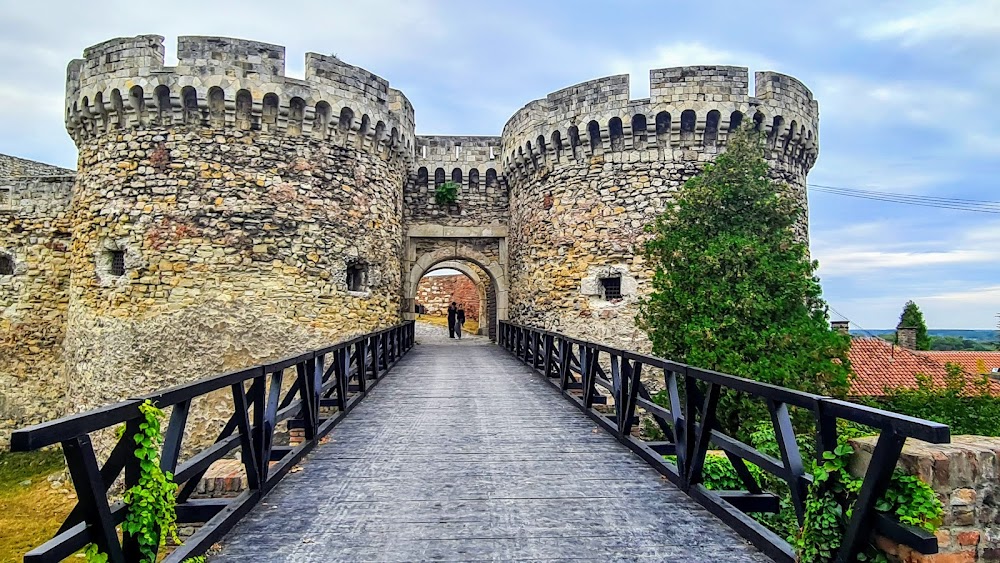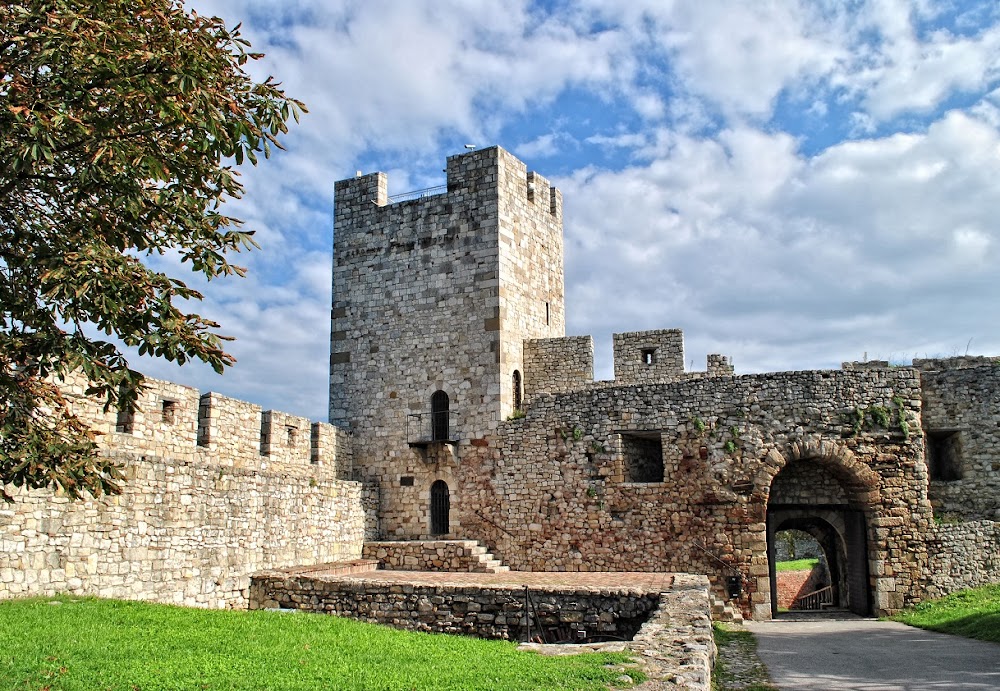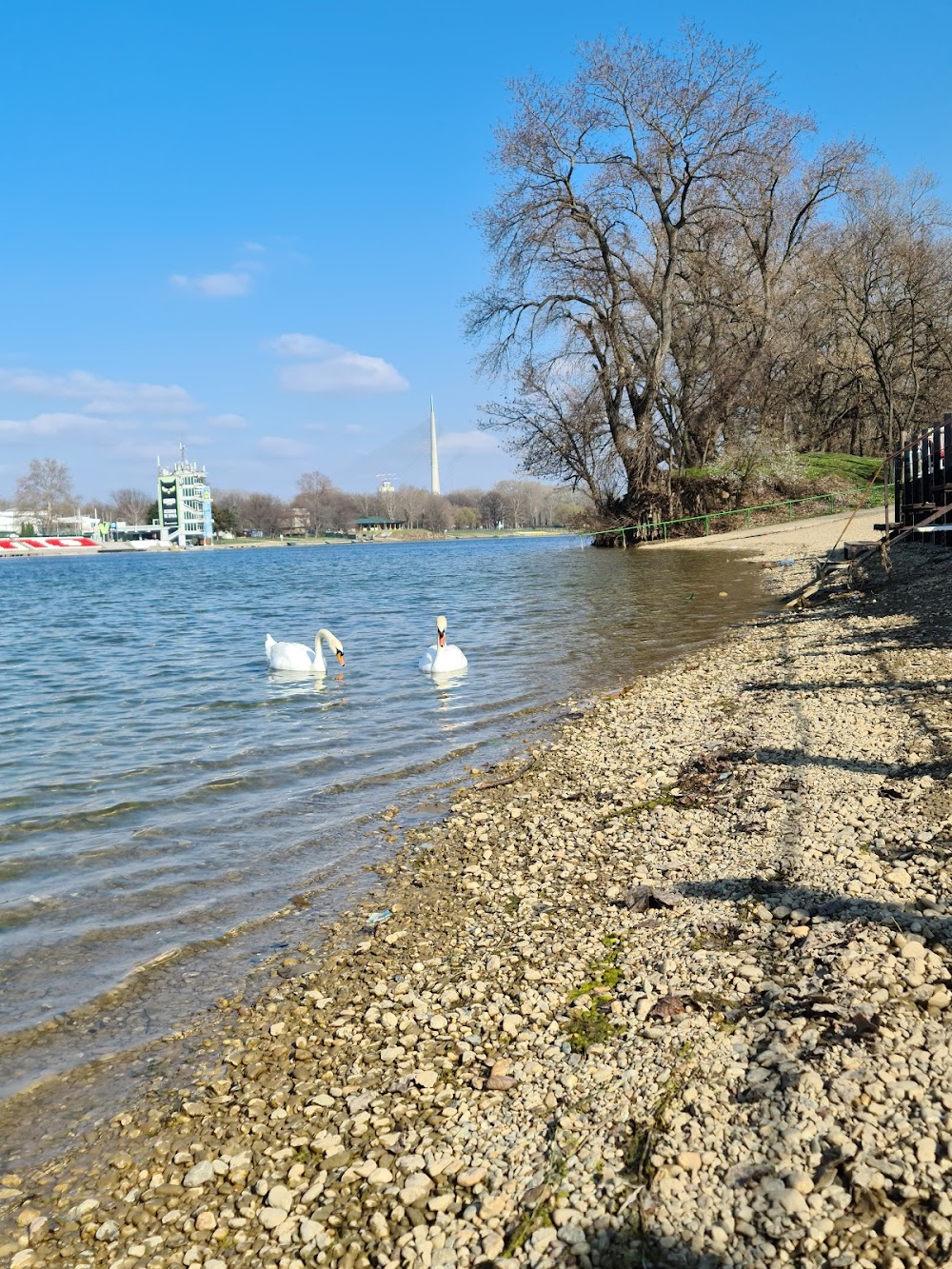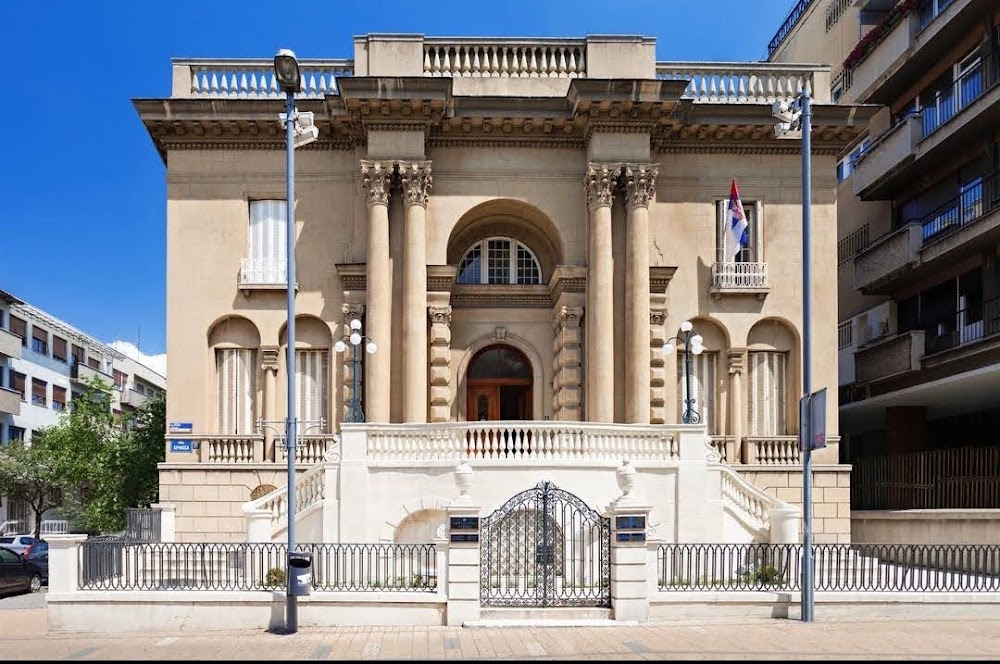Belgrade Fortress (Beogradska tvrđava)
Overview
Belgrade Fortress stands majestically at the confluence of the River Sava and the Danube, casting its watchful gaze over the Serbian capital. With origins tracing back to Roman times, this iconic fortress has long been the heart of the local community's defense system, embodying a rich tapestry of history and culture.
Historical Origins
The construction of the fortress dates back to the 2nd century AD, when the Roman Empire erected its first fortified structure. Strategically positioned to control the merging point of two vital rivers, the fortress was initially built to fend off invasions from tribes such as the Goths, overseeing crucial trade routes and transport lines that were essential to the region.
Architectural Evolution
Over the centuries, the fortress underwent significant transformations, with expansions during the Byzantine, Bulgarian, Serbian, Hungarian, and Ottoman eras. Each period contributed layers of architectural prowess, reflecting the military needs and cultural influences of the time. Notably, in the 6th century, Byzantine Emperor Justinian I undertook extensive rebuilding efforts, enhancing the fortress's fortifications to withstand invasions.
Serbian Renaissance
The 13th century marked a pivotal era for the fortress under Serbian rule. Despot Stefan Lazarević made Belgrade his capital, leading to significant improvements and embellishments. The fortress became a stunning blend of military fortification and royal residence, featuring impressive structures such as the Despot's Gate and the Clock Tower, which added to its grandeur.
Ottoman Transformation
In the 15th century, the fortress fell under Ottoman control, leading to substantial modifications. The Turks introduced robust bastions and inner city defense walls, transforming the fortress into an Ottoman frontier town adorned with mosques, homes, and bathhouses. Despite these changes, the fortress retained its fundamental military role, continuing to serve as a vital stronghold.
Habsburg Fortification
The fortress experienced a brief period of Habsburg control in the late 17th and early 18th centuries, during which its defenses were further fortified. Austrian architecture added a new layer of style, characterized by thicker walls and modernized gun emplacements for cannon use. Under their influence, the fortress evolved into a formidable Baroque-style defensive complex.
A Unified Legacy
Despite its numerous stages of construction and reconstruction, Belgrade Fortress has maintained a cohesive appearance, seamlessly integrating various historical layers into one stunning structure. The blend of Roman, Byzantine, Ottoman, and Austrian influences creates a historical palimpsest, where each era has left its distinctive mark.
Modern-Day Attraction
Today, Belgrade Fortress serves as a verdant park and open-air museum, inviting visitors to explore its rich history. The surrounding Kalemegdan Park features numerous monuments and fortifications, including the Roman Well, the Military Museum, the Nebojša Tower, and the iconic Victor Monument—a towering statue commemorating Serbia's struggle for liberty.
The fortress not only offers breathtaking views over the rivers but also acts as a vibrant cultural hub, hosting concerts, film festivals, and art exhibitions. It stands as a testament to the region's turbulent yet rich history, with its layered architectural and historical complexities narrating the captivating story of Belgrade through the ages.






